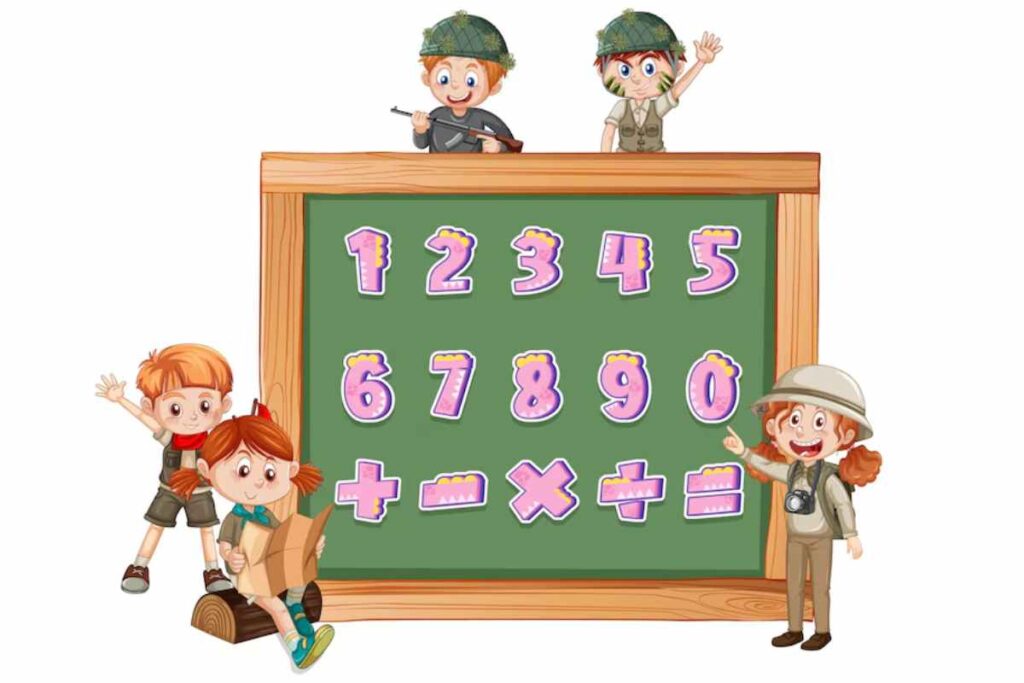Introduction
Teaching decimals can be challenging, as students often struggle to grasp their abstract nature. However, hands-on and interactive activities can make learning decimals engaging and memorable. This article outlines five fun, classroom-tested activities to teach decimals, organized into sections: why decimals are tricky, the activities themselves, and tips for implementation. These activities are designed for middle school students but can be adapted for other grades.
Why Decimals Are Tricky
Decimals introduce students to fractional numbers in a new format, which can be confusing.
-
Abstract Concepts: Unlike whole numbers, decimals represent parts of a whole, requiring students to understand place value beyond the decimal point.
-
Real-World Relevance: Students may not immediately see how decimals apply to everyday life, such as in money or measurements.
-
Common Errors: Misplacing the decimal point or misunderstanding operations like addition and multiplication are frequent hurdles, as noted in a 2023 study by the National Council of Teachers of Mathematics.
Five Fun Activities for Teaching Decimals
These activities use games, real-world scenarios, and visuals to make decimals accessible and fun.
1. Decimal Shopping Spree
Objective: Understand decimals in the context of money.
Description: Students receive a mock budget (e.g., $100.00) and a catalog of items with decimal prices (e.g., $12.99, $4.50). They must “shop” while staying within their budget, adding and subtracting decimals to track spending.
Materials: Printed catalogs (or online versions), play money, calculators (optional).
Learning Outcome: Students practice adding and subtracting decimals while applying real-world financial literacy.
2. Decimal Number Line Race
Objective: Visualize decimal place value and ordering.
Description: Create a large number line on the floor (e.g., 0 to 1 with increments of 0.1). Students draw decimal cards (e.g., 0.75, 0.3) and race to stand on the correct spot. The first to position correctly earns points.
Materials: Tape or chalk for the number line, index cards with decimals.
Learning Outcome: Reinforces decimal comparison and placement on a number line.
3. Fraction-to-Decimal Puzzle Match
Objective: Connect fractions and decimals.
Description: Provide puzzle pieces with fractions on one half (e.g., 1/4) and their decimal equivalents on the other (e.g., 0.25). Students work in pairs to match them within a time limit. For advanced learners, include repeating decimals (e.g., 1/3 = 0.333…).
Materials: Pre-cut puzzle pieces or printable templates.
Learning Outcome: Builds understanding of the relationship between fractions and decimals.
4. Decimal War Card Game
Objective: Compare and order decimals.
Description: Adapt the classic card game “War” by using decimal cards (e.g., 0.62, 0.8). Each player flips a card, and the higher decimal wins the round. Ties can be resolved by adding or multiplying the decimals.
Materials: Deck of cards with decimals written on them.
Learning Outcome: Sharpens skills in comparing and performing operations with decimals.
5. Decimal Art Project
Objective: Represent decimals creatively.
Description: Students create a grid-based art piece (e.g., 10×10 grid) and color squares to represent decimals (e.g., 0.25 = 25 squares). They calculate the decimal value of each color used and present their work.
Materials: Grid paper, colored pencils, rulers.
Learning Outcome: Encourages visual understanding of decimals as parts of a whole.
Tips for Implementation
To maximize engagement and learning, consider these strategies.
-
Differentiate for Skill Levels: Adjust decimal complexity (e.g., tenths for beginners, thousandths for advanced students) to suit your class.
-
Incorporate Technology: Use apps like Kahoot! for decimal quizzes or virtual number lines to supplement activities.
-
Encourage Collaboration: Pair or group students to foster discussion and peer learning, especially for activities like the puzzle match or shopping spree.
-
Assess Progress: Use exit tickets or quick quizzes post-activity to check understanding, focusing on common errors like decimal point placement.
Conclusion
Teaching decimals doesn’t have to be dry or difficult. By incorporating these five fun activities—Decimal Shopping Spree, Number Line Race, Fraction-to-Decimal Puzzle Match, Decimal War, and Decimal Art Project—educators can make decimals tangible and enjoyable. These activities connect abstract concepts to real-world applications, foster collaboration, and cater to diverse learning styles. Try one or more in your classroom to spark excitement and deepen students’ understanding of decimals.

